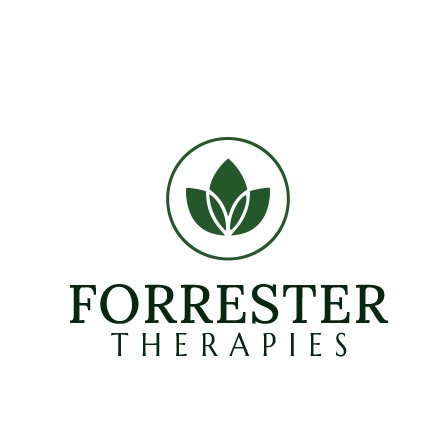brainstrust Bass Belle 10 miler – 30th Nov 2025
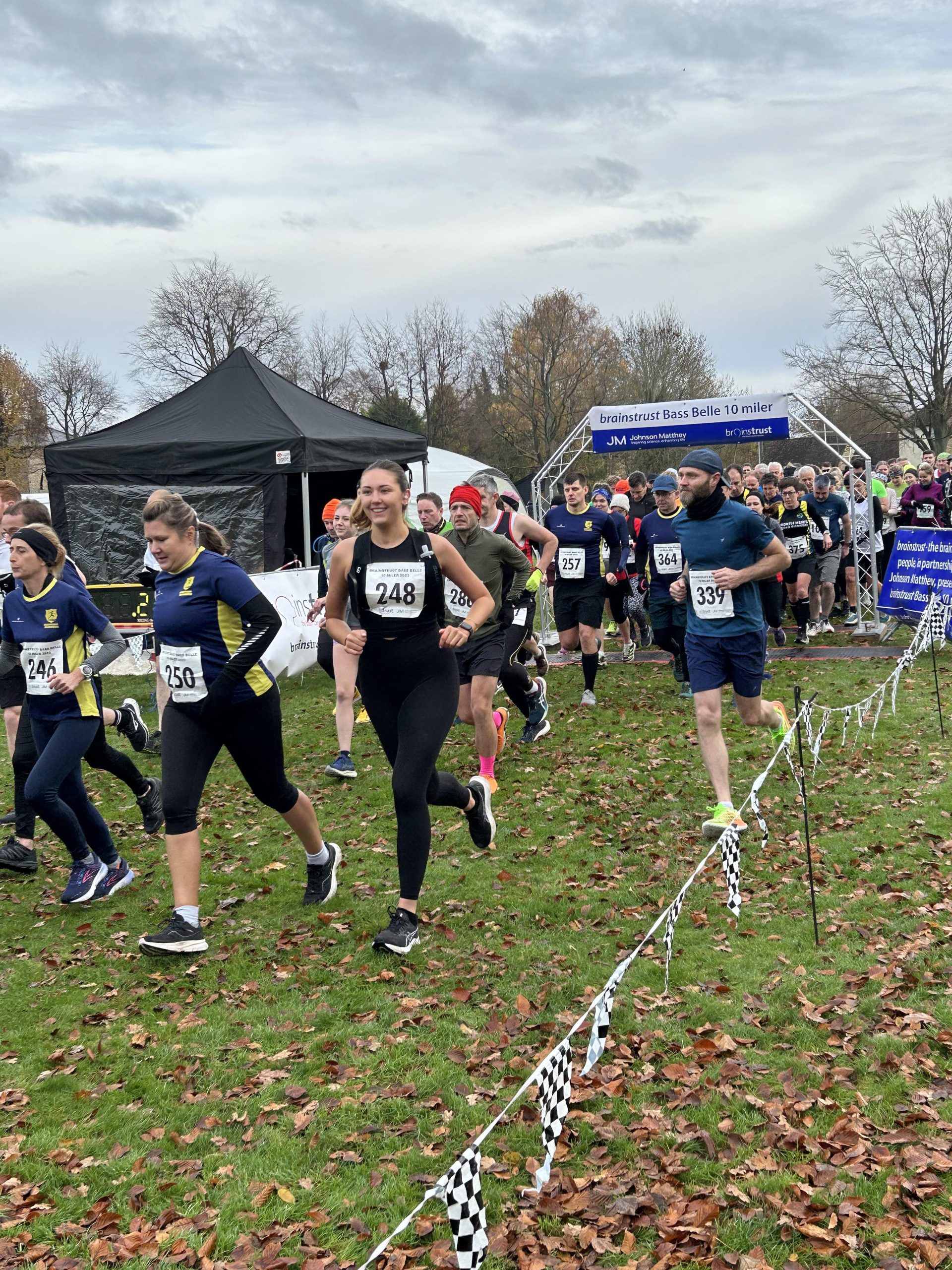
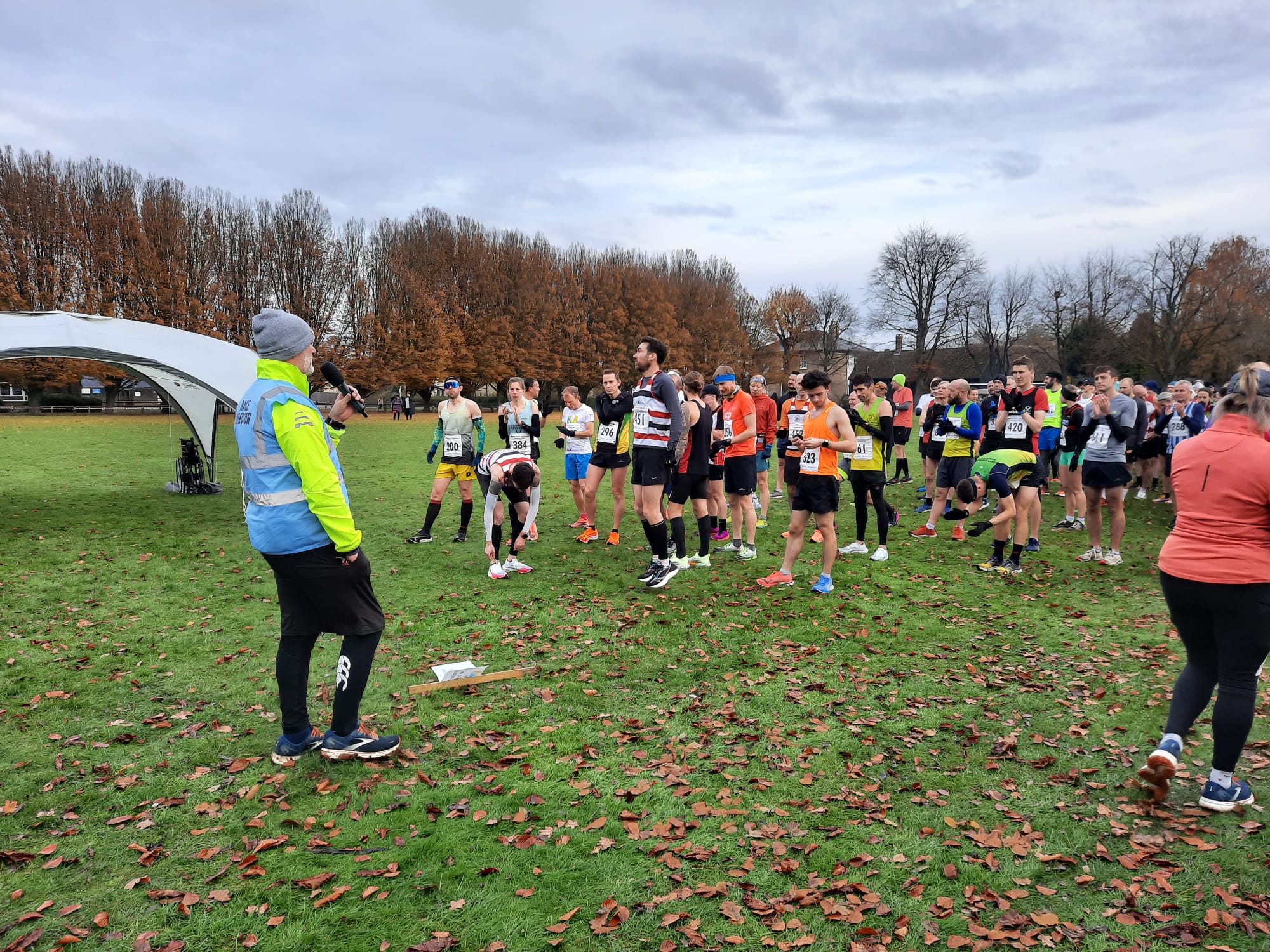

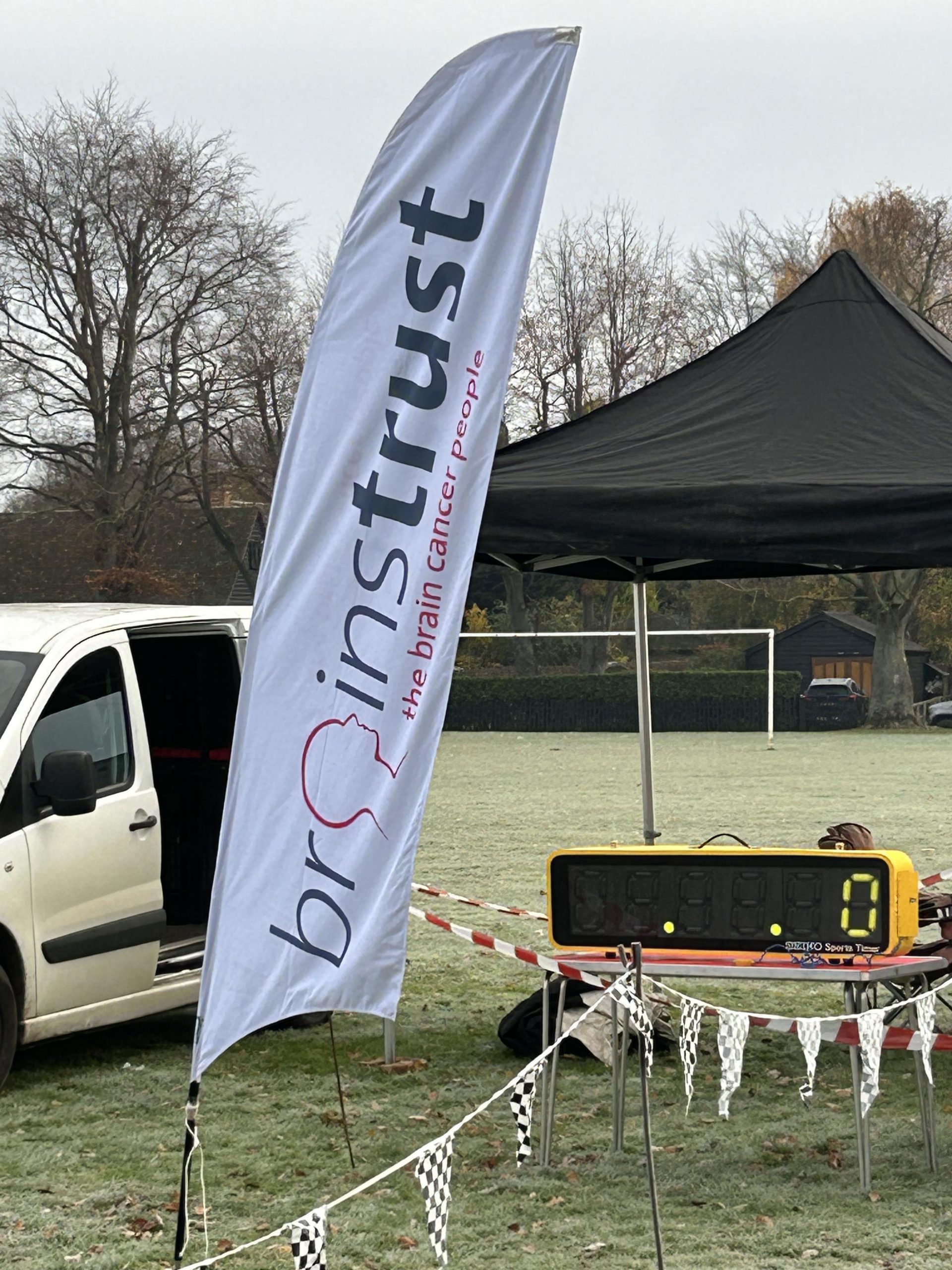
The event has sold out. If you would like to go on the reserve list please email me at ashley@brainstrust.org.uk
Flat and fast the brainstrust Bass Belle 10 miler is ideal for those chasing a PB. The route takes you around the picturesque local villages of South Cambridgeshire, consisting of 8.5 miles on road and 1.5 miles off road, offering plenty of great views along the way. The race is open to social and club runners aged 16 and over.
With only 425 places, the brainstrust Bass Belle is an intimate race meaning runners can get off the start line quickly, and straight into their pacing without feeling bunched up by crowds. Another great plus for those after a PB! As well as a brand new bespoke medal, there will be category trophies, team trophies, highest fundraiser trophy and cash prizes for beating the course records which stand at 52.02 (Male) and 58.23 (Female).
On this page:
All proceeds from the brainstrust Bass Belle 10 miler help to fund brainstrust’s vital services, which support people diagnosed with a brain tumour and their loved ones. When you run in the Bass Belle 10 miler, not only are you competing in a fantastic local event, you are also helping to ensure that people diagnosed with a brain tumour have the support they need to live their best life possible. This year there are two ways you can enter the brainstrust Bass Belle 10 miler:
Paid entry: all proceeds raised from ticket sales go to brainstrust, these vital funds will help us continue to offer our services to people affected by a brain tumour.
Free fundraiser entry: get free entry to the race by agreeing to fundraise for brainstrust. Please note that if your fundraising target isn’t met you will be required to pay an entry fee on the day.

About the brainstrust Bass Belle 10 miler
This is a chip timed event with all runners receiving their race pack by post prior to the event. Finishers will receive a bespoke medal, water and chocolate goodies. Plus there’s a cake stall, hot food stall and refreshments at the finish line for hungry spectators and runners alike. For those with their eyes on the prize, there are cash prizes for beating the course records (Male 52.02 / Female 58.23), category winner and team trophies up for grabs and, returning for this year, a trophy for the highest fundraiser!
Supporting brainstrust
All proceeds from the brainstrust Bass Belle 10 miler go help fund brainstrust vital services supporting people diagnosed with a brain tumour and their loved ones.
Every day, 35 people in the UK hear the words ‘you have a brain tumour’. It is also the biggest cancer in the under 40’s. For these people life changes in an instant as they now face the prospect of a debilitating disease with treatment options that are complex and harmful. Too many of them face the road ahead feeling alone, scared, out of control and without the support they need.
This is where brainstrust helps. brainstrust puts people with a brain tumour and their loved ones first so that they can reach their potential and thrive. brainstrust provides support and resources that help people with a brain tumour and their loved ones live the life they want after diagnosis. Find out more about the impact of our work here.


Race history
In 2014, Ash Hawkins set up Fit4thechallenge to support charities after knee surgery left him unable to run as much as before. Running events had been Ash’s primary way of fundraising, so organising races seemed like the natural next step. In 2023 Fit4thechallenge stopped operating, and Ash joined the brainstrust team as Fundraising events manager bringing with him his fantastic Fit4thechallenge events.
The charity choice for me was an easy one. My dad died from a brain tumour just before Christmas in 2013 after a 3-year battle. During his treatment and recovery, we as a family felt very isolated and uninformed about my dad’s condition and the support that was available. brainstrust provide this support and so I chose to support them so that other families wouldn’t feel as lost and isolated as we did. Fit4thechallnege allowed me to raise awareness of the charity and raise funds for them. – Ash Hawkins
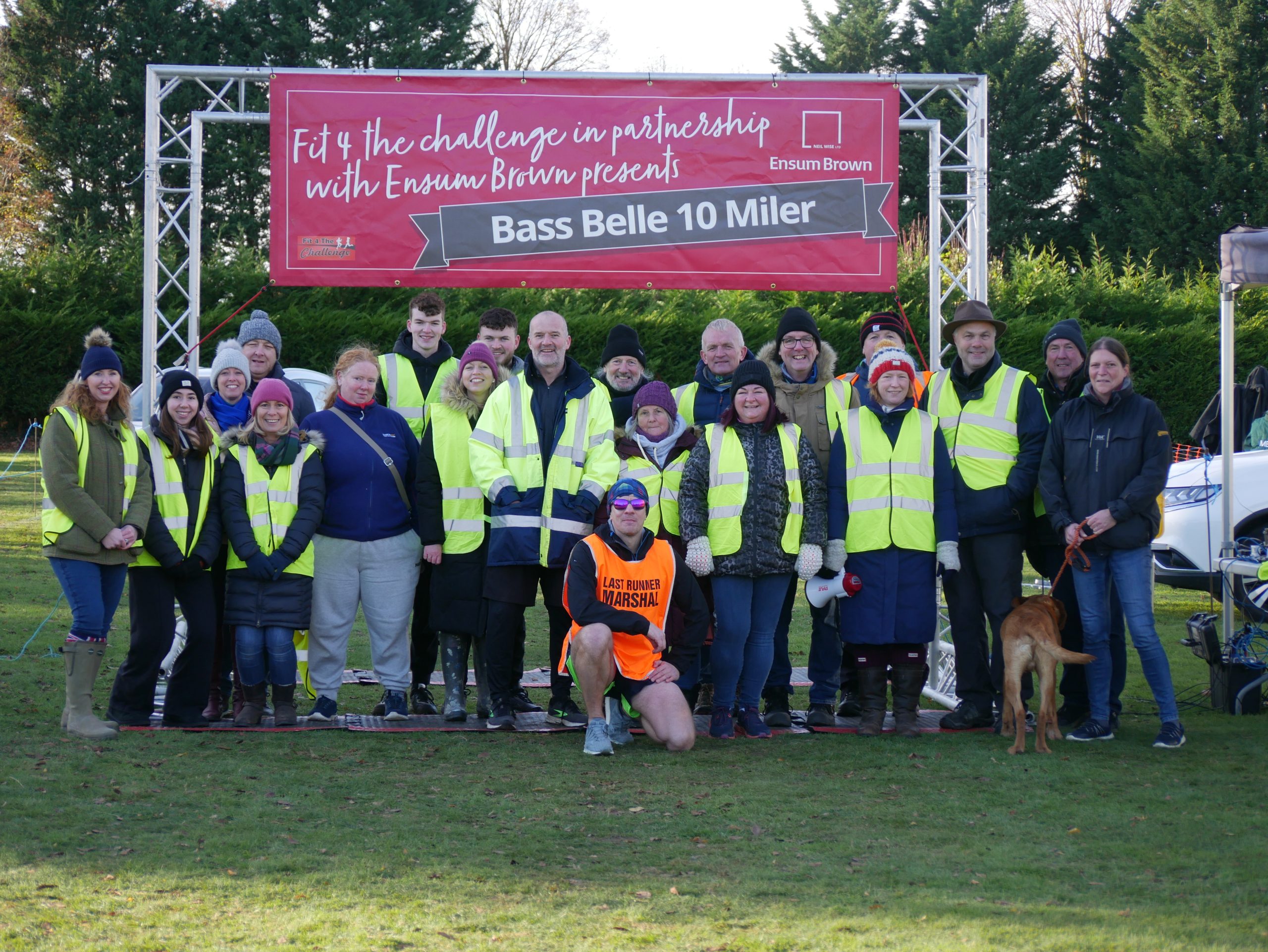
The brainstrust Bass Belle has always been open to runners of all abilities. The race is open to runners aged 16 and over with no upper age limit –there have been many runners in their 80s taking part! We have had people run with their dogs, with buggies and even with a guide! The races have attracted runners from across the UK, from Dundee in Scotland to Winchester in Hampshire and from overseas including Spain and America.
As well as supporting brainstrust, the brainstrust Bass Belle 10 miler has always been a community event. The race was set up to enable local community groups to fundraise and finally to encourage more people to take up running for their health and wellbeing.
Race information
Click the links below to download the race day information:
2025 race entry list
The event registration list is updated twice weekly on Tuesday and Friday. Click the button below to see the latest entry list.







